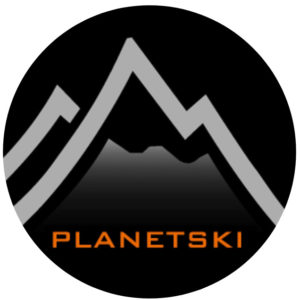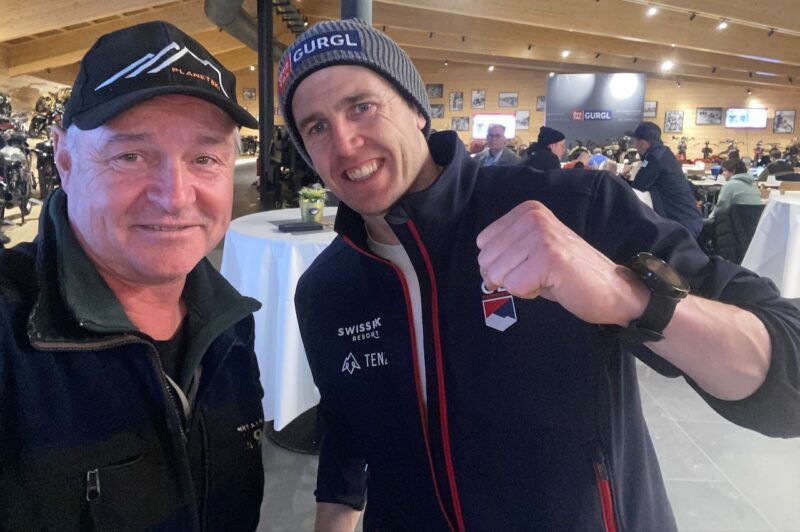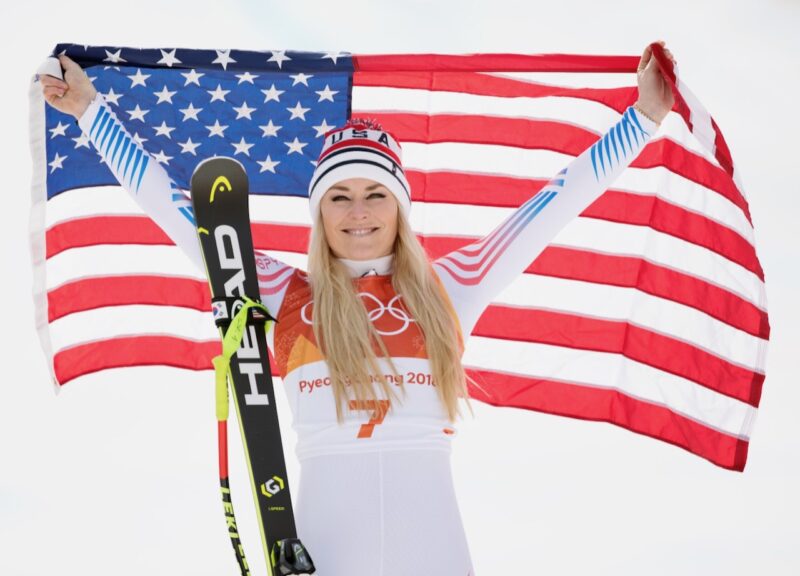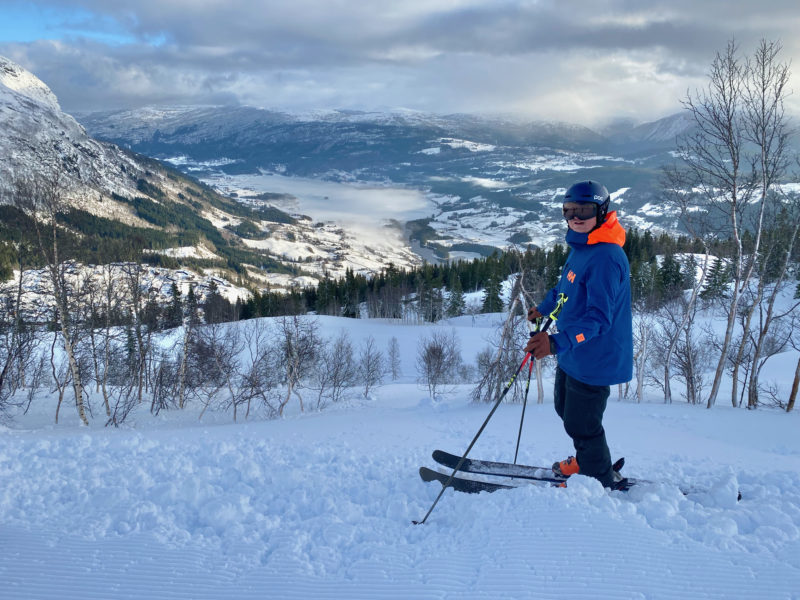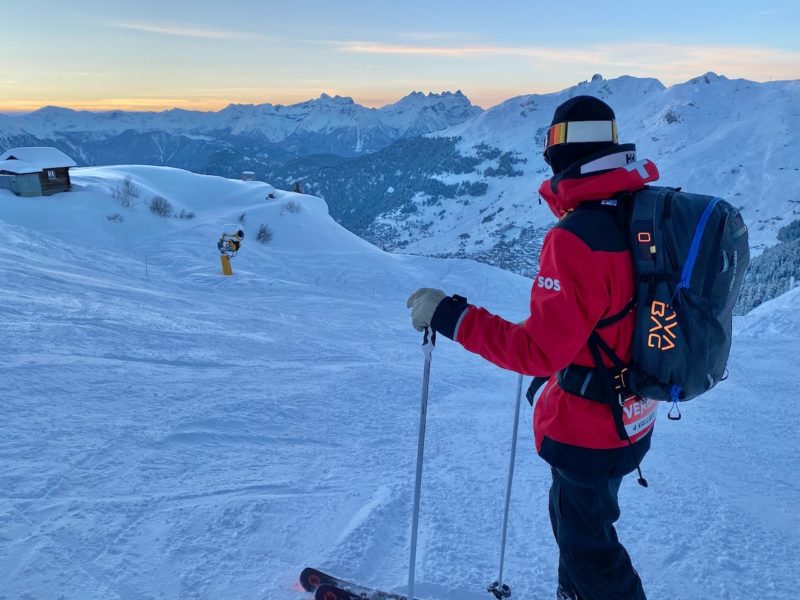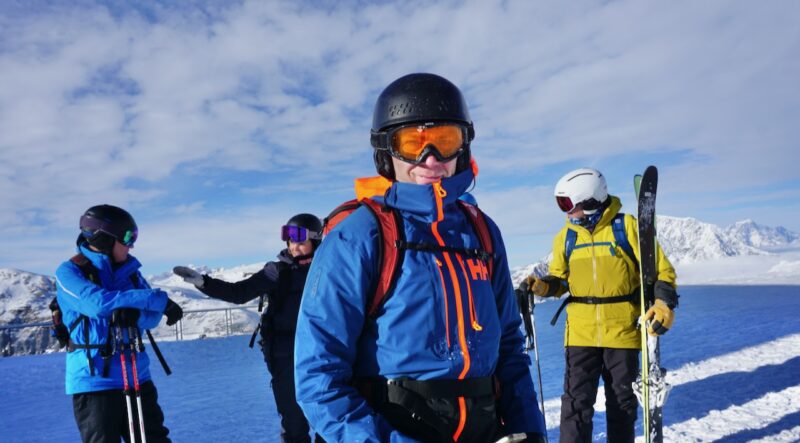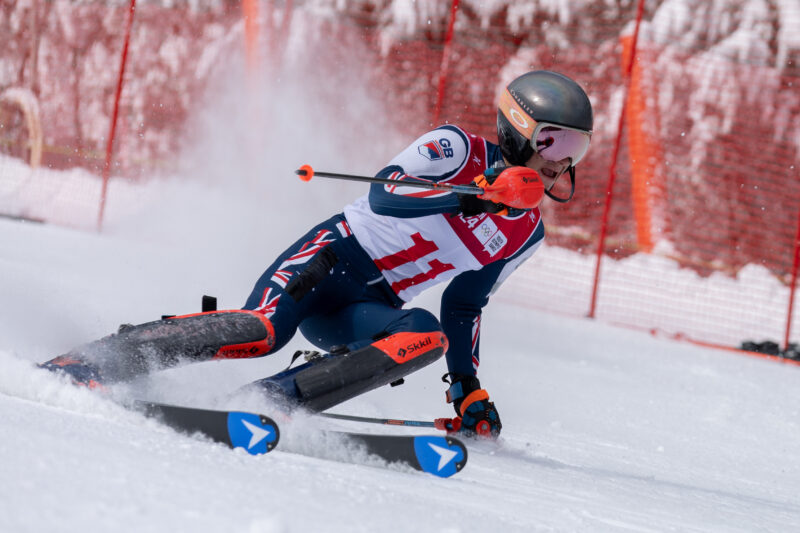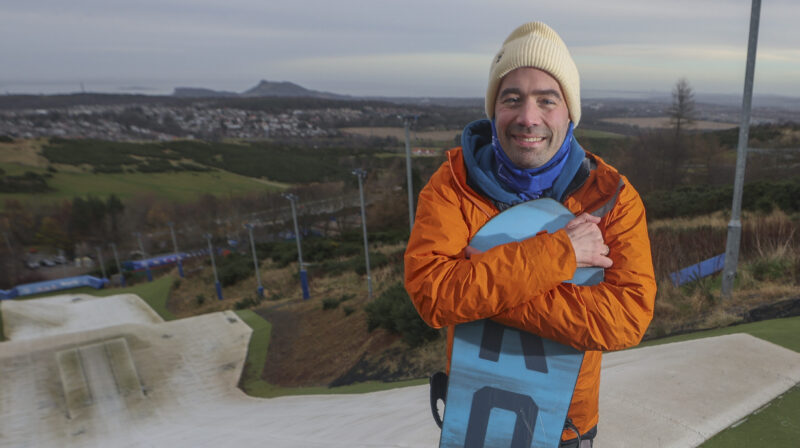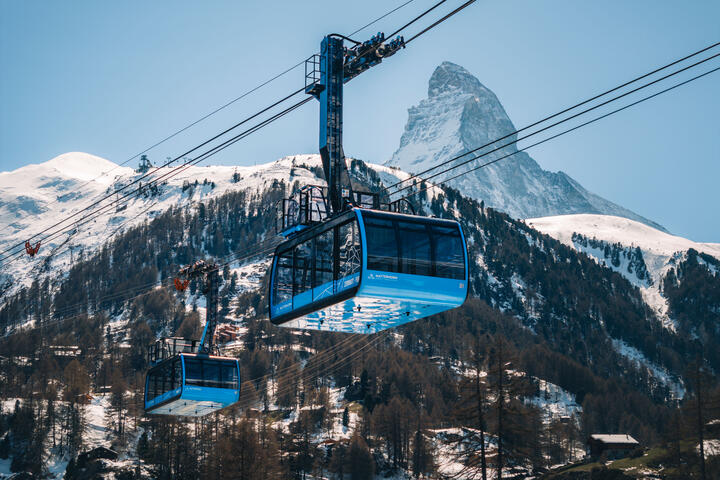PlanetSKI’s Innsbruck Stay Spreads its Wings
3rd April 2024
Last modified on April 6th, 2024
We’re here in Innsbruck in the Tirol for a month or so – the ultimate Ski + City location in the Alps. 13 ski areas around the city with 23 attractions off the slopes – all on one pass. UPDATED
Since arriving at the beginning of March we’ve visited Stubai, Kuhtai, Axamer Lizum, Muttereralm, Oberperfuss, Glungezer, Nordkette & Schlick 2000.
Read all about it in our blogs:
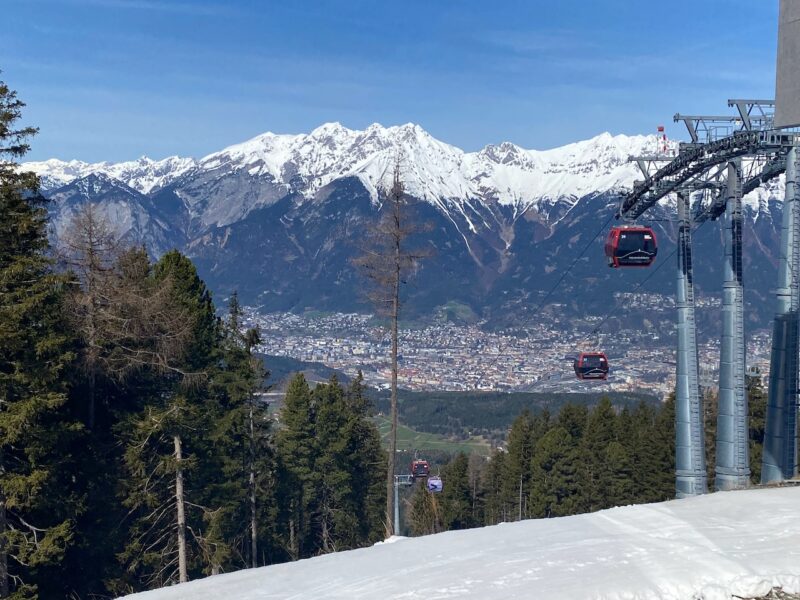
Innsbruck Ski + City, Patscherkofel. Image © PlanetSKI

Innsbruck Ski + City. Image © PlanetSKI
They detail all that is on offer on the Innsbruck Ski+City Pass and we also have extra information at the end of this latest article.
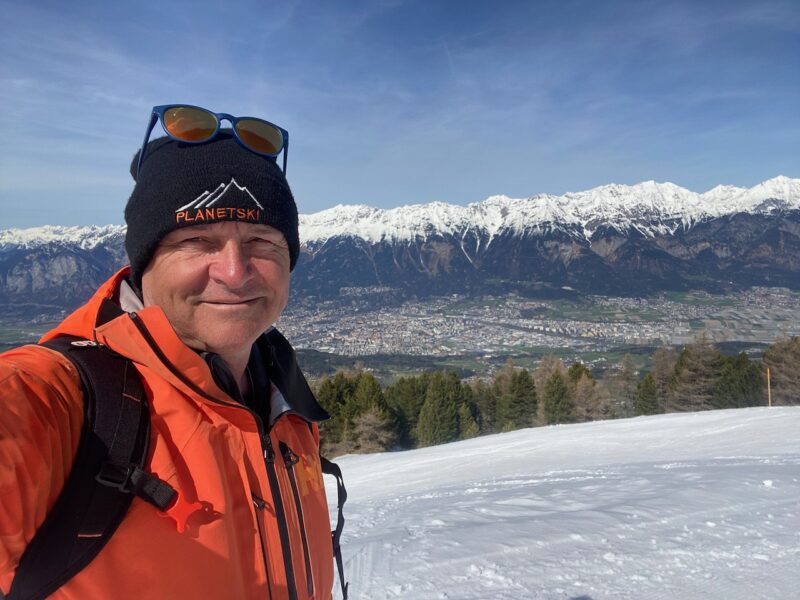
Innsbruck Ski + City, Patscherkofel. Image © PlanetSKI
Now we’re spreading our wings further afield in the Tirol.
Two of its major resorts – Ischgl and St Anton.
They are not on the Ski+City pass, but they are about an hour away and day tickets can be bought for €72 and €75 respectively.
St Anton
First impressions can be deceptive.
Very deceptive.
Arriving in St Anton earlier in the week hardly got the juices flowing.
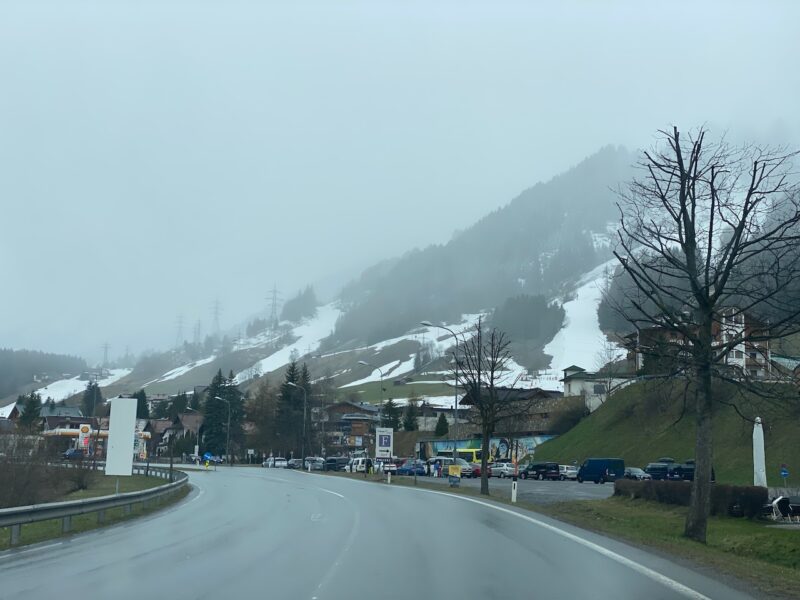
St Anton, the Tirol. Image © PlanetSKI
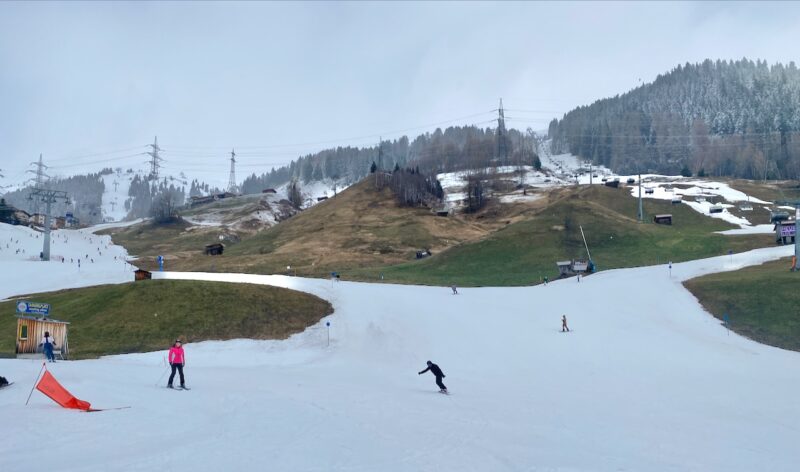
St Anton, the Tirol. Image © PlanetSKI
But then as we headed up on the main Galzig lift from the centre of town things began to improve.
There was some fresh powder on the trees.
St Anton is perhaps the most famous of the Arlberg ski resorts.
There is also Lech, Stuben, St Christophe, Zurs, Warth & Shrocken.
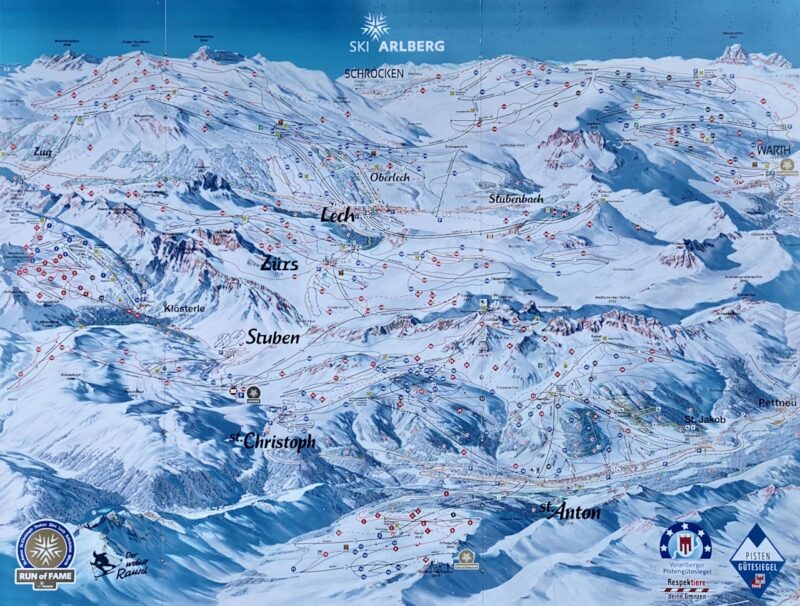
St Anton, the Tirol. Image © PlanetSKI
St Anton is known as “the cradle of alpine skiing” and is steeped in skiing history.
In 1885 a Norwegian bought the first skis to the Arlberg and the area never looked back.
The area has:
- 85 cable cars and lifts
- 300kms of pisted slopes
- 200kms of off-piste slopes
- 5 fun parks
- 3 sledging runs
As we headed from St Anton towards the other resorts in the ski area the juices were now most definitely flowing.
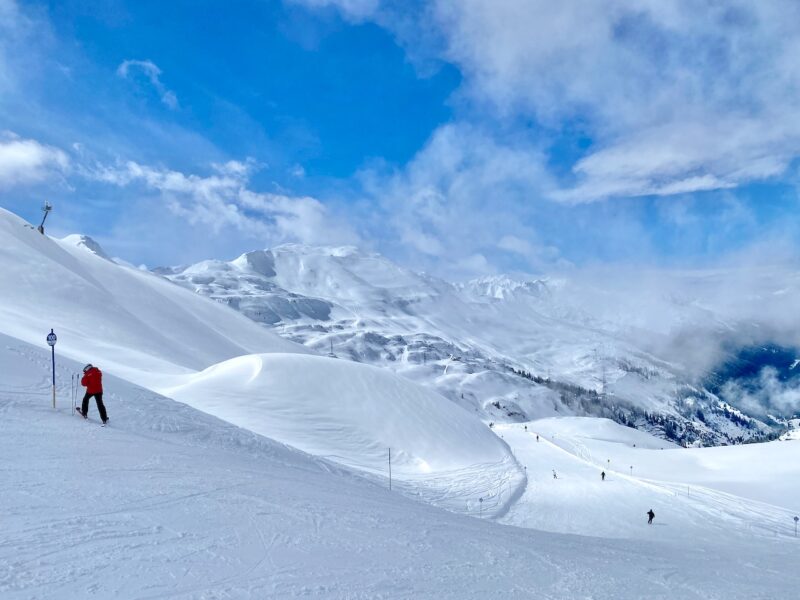
St Anton, the Tirol. Image © PlanetSKI
This winter is all about the temperature and the altitude.
No more so than in St Anton and the Arlberg ski area.
It has an average of 9m of snow per season and this winter has been no exception.
We had been planning to head towards Lech, but Stuben looked too good to resist as we passed by.
It is one of my favourite areas of the Arlberg and over-looked by many.
The area has had a shed load of snow this winter – make that a piste map’s height of snow this winter.
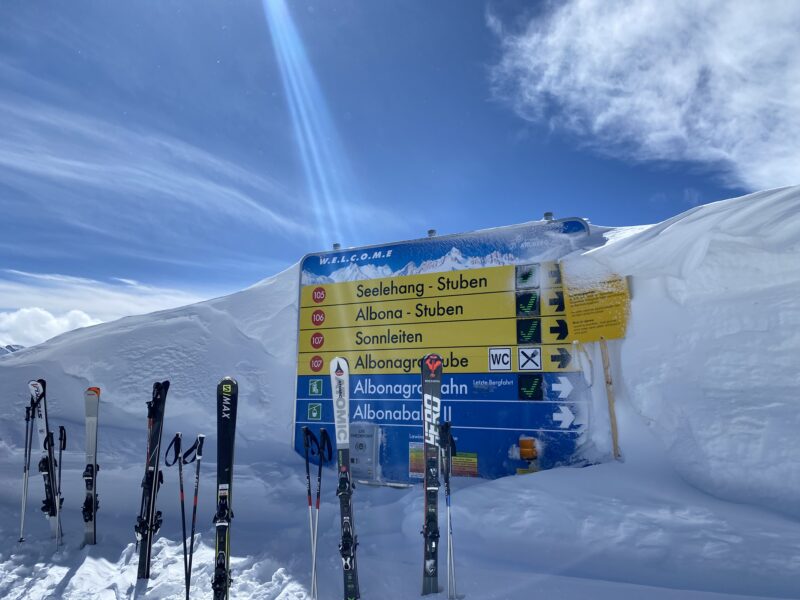
St Anton, the Tirol. Image © PlanetSKI
And from the ancient 2-person chairlift powder turns awaited.
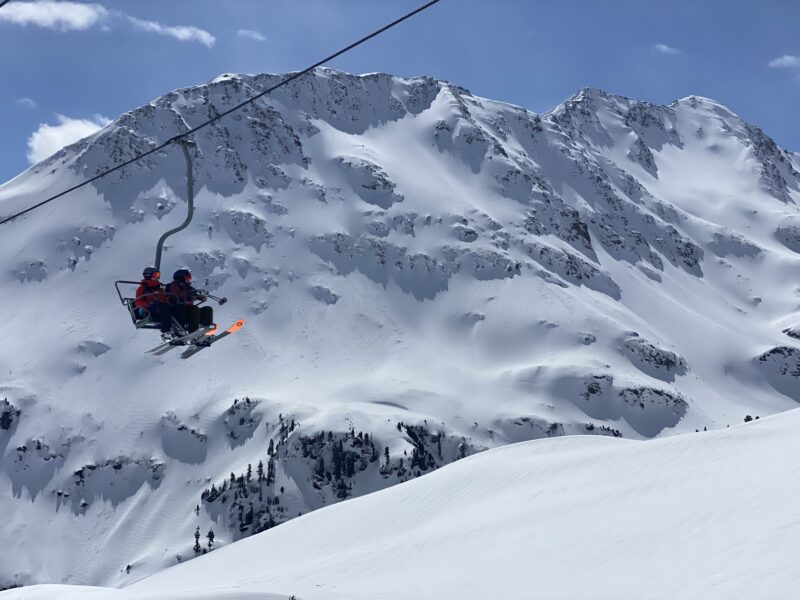
St Anton, the Tirol. Image © PlanetSKI
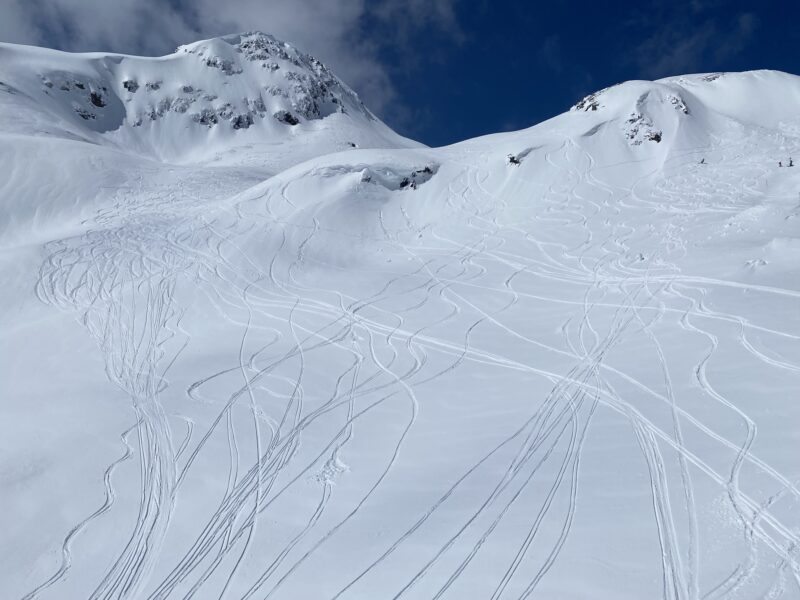
St Anton, the Tirol. Image © PlanetSKI
I was back in my special place.
Time for a PlanetSKI snow report and some reflections on the Arlberg ski area.
Lunch was in the converted Trittkopf cable car station at 2,423m.
If there is a more inventive use of a disused cable car station, I am yet to discover it.
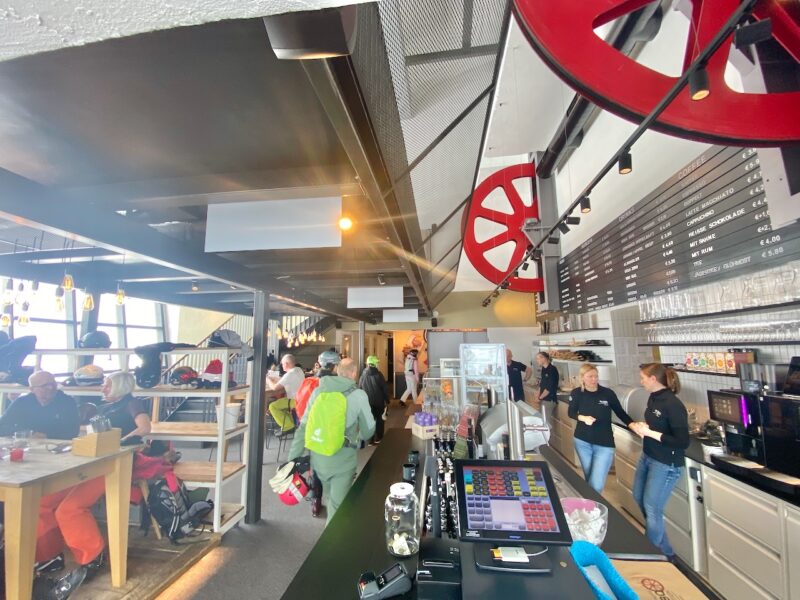
St Anton, the Tirol. Image © PlanetSKI

St Anton, the Tirol. Image © PlanetSKI
We spent the afternoon cruising the slopes around Zurs.
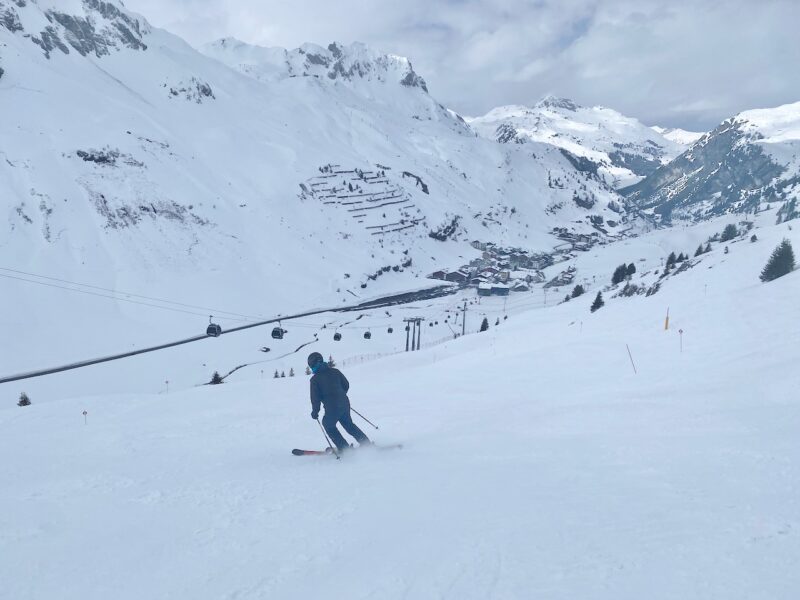
St Anton, the Tirol. Image © PlanetSKI
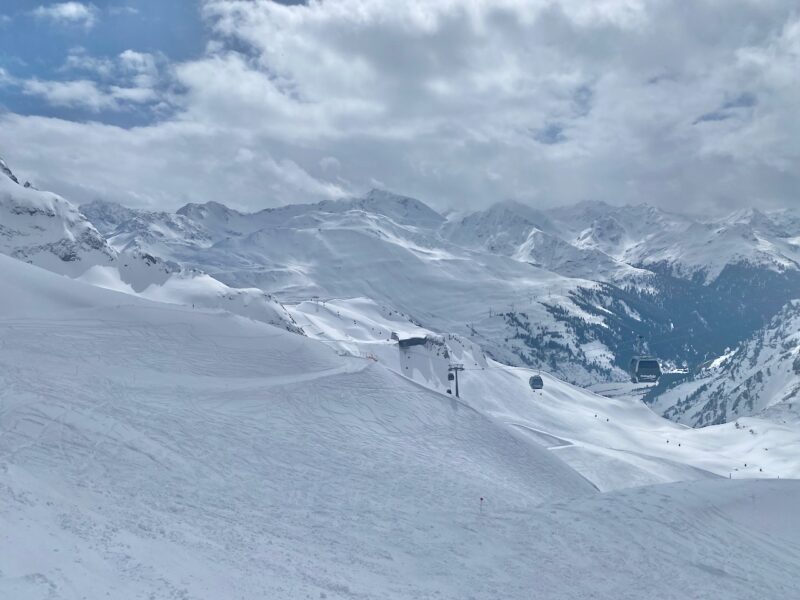
St Anton, the Tirol. Image © PlanetSKI
And you can probably guess where we ended up for a spot of apres ski.
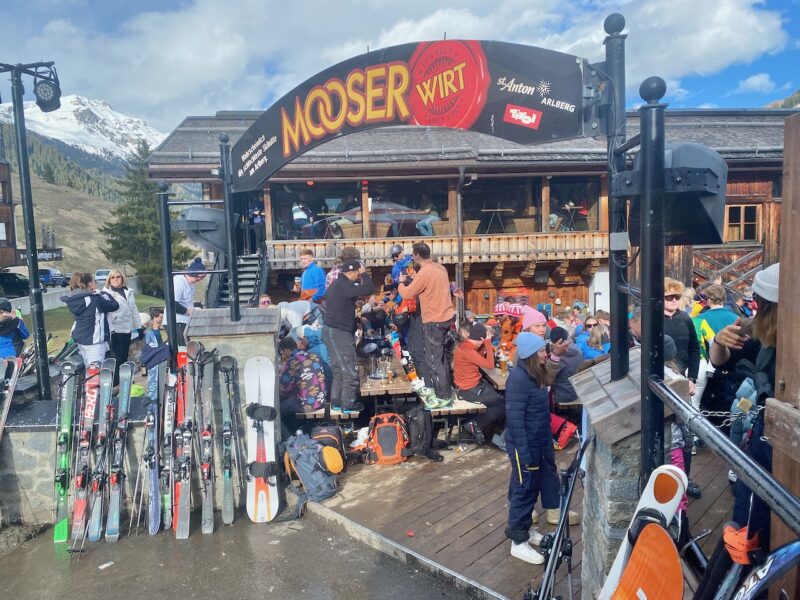
St Anton, the Tirol. Image © PlanetSKI
Overall, it has been great to leave the Innsbruck ski area for a couple of days and hit two of the major resorts in the Tirol.
Ischgl
The resort needs no introduction and is one of the most popular resorts in the Tirol for the British.
It is known for its full-on apres ski.
Its marketing motto “Relax. If you can…” tells its own story.
However, there is much more to the resort than partying.
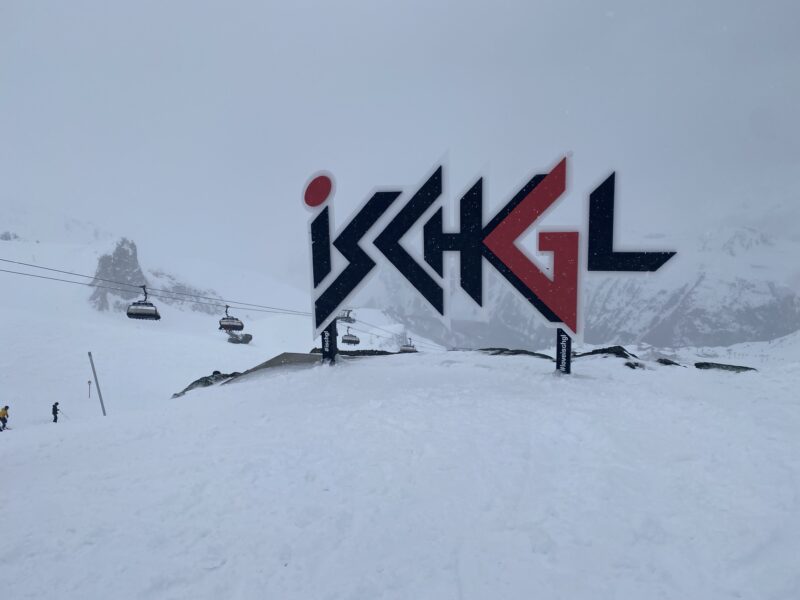
Ischgl, the Tirol. Image © PlanetSKI
It perhaps lacks much challenging terrain for advanced skiers, but it’s an intermediates paradise.
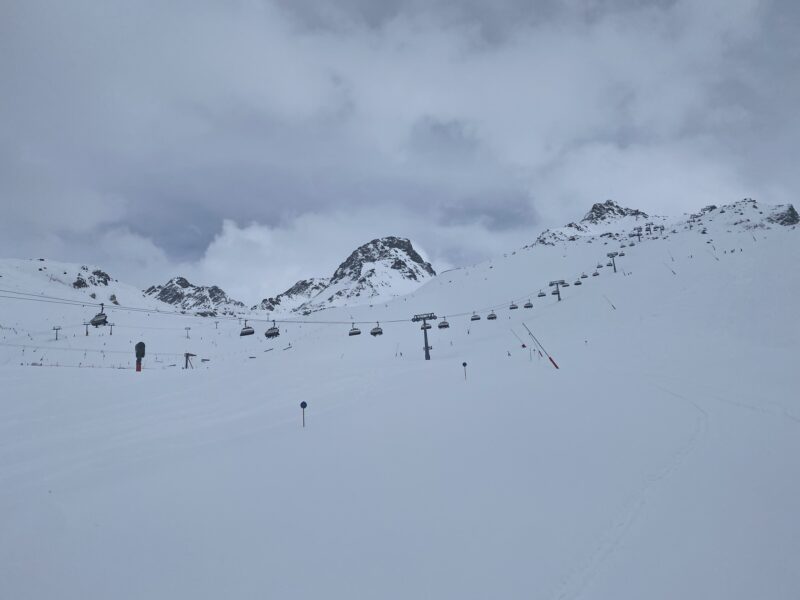
Ischgl, the Tirol. Image © PlanetSKI
It is much larger than the resorts on the Innsbruck Ski+City pass, and it made a good change from the smaller resorts we have been skiing these past few weeks.
We were fortunate enough to hit Ischgl after a snowfall, so we had a few powder turns.
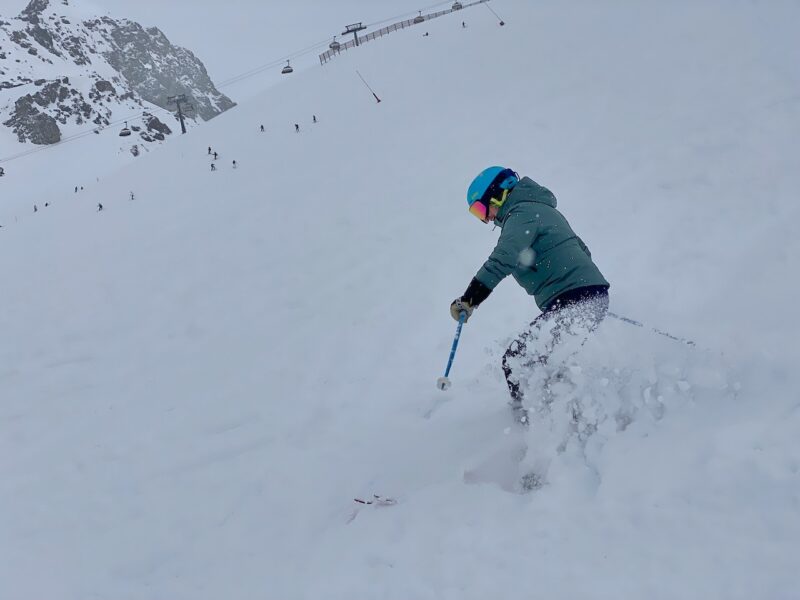
Ischgl, the Tirol. Image © PlanetSKI
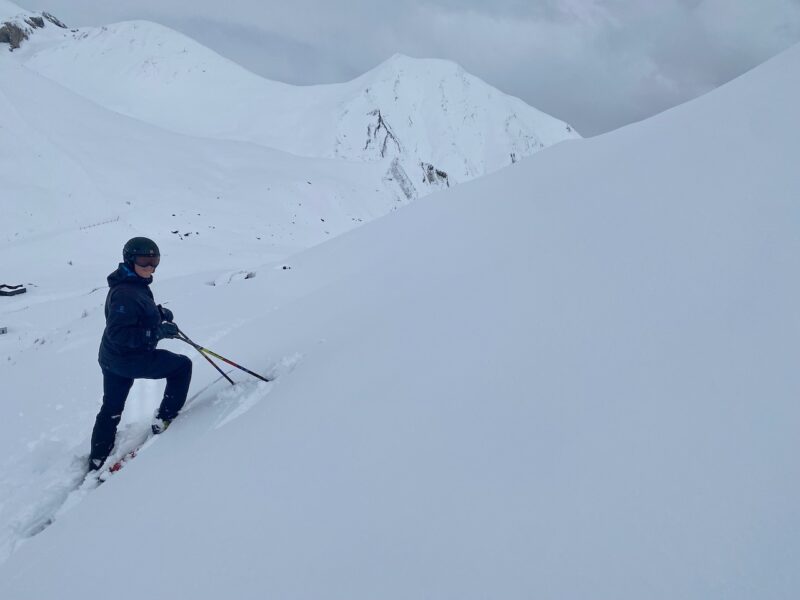
Ischgl, the Tirol. Image © PlanetSKI
At certain points of the day it was full-on winter despite it being the start of April.
Like many resorts Ischgl is trumpeting its environmental credentials:
- The lift company operates all lifts, mountain restaurants, snow-making using 100& eco-electricity from Austria.
- With solar energy and heat recovery 233 tonnes of CO2 emissions are saved annually.
- Each year 300 tonnes of manure from local farmers to fertilise and green the pistes.
- It has 26 piste bashers with GPS height measurement systems to save energy and maintain efficiency.
- The pistes are mown and mulched in the summer months which has a positive effect on the species composition of the vegetation and landscape.
Time for an apres ski beer for the PlanetSKI gang before heading back to Innsbruck.
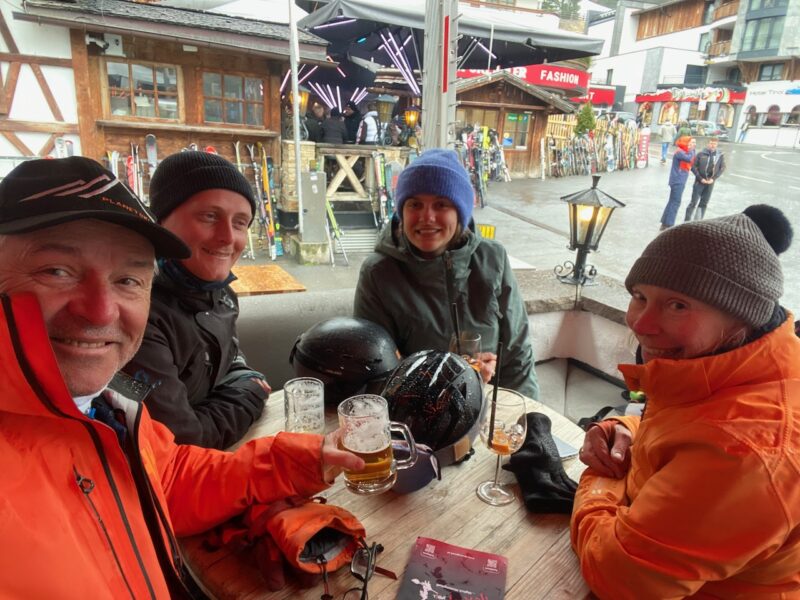
Ischgl, the Tirol. Image © PlanetSKI
As mentioned earlier a day ticket costs €72 for Ischgl.
In the winter of 1963/64 a weekly ticket cost €29 – that’s around €189 in today’s prices.
There were two lifts on offer.
Now a weekly ticket is €293.
With 46 lifts available.
Next up it’s St Anton and we’ll be posting about our visit shortly.
It was quite a day.

St Anton, the Tirol. Image © PlanetSKI

St Anton, the Tirol. Image © PlanetSKI
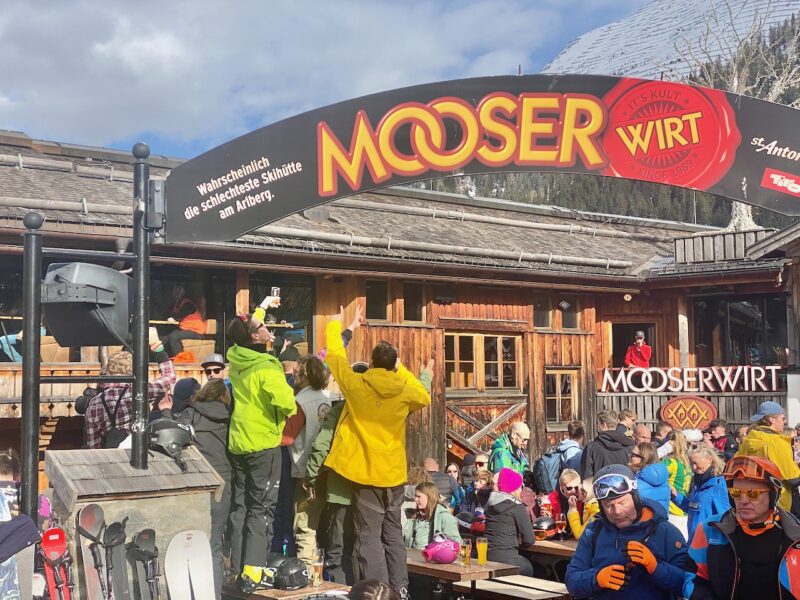
St Anton, the Tirol. Image © PlanetSKI
INNSBRUCK SKI+CITY INFO:
On the Ski+City Pass there’s the high-altitude glacier resort of Stubai, the ever-popular resort of Kuhtai + the hidden gems of Axamer Lizum and Schlick 2000.
Then some little-known ones off the beaten track:
- Patscherkofel
- Glungezer
- Bergeralm
- Muttereralm
- Hochetz
- Oberperfuss
- Serles
- Elfer
- Nordkette
13 ski areas with 296 kms of slopes, 50km of ski routes and all served by 111 lifts.
They are all within an hour of the city, some are under half an hour away and one, Nordkette, has its base lift station in the centre of Innsbruck itself.
It’s a 5-minute walk from the front door of the apartment PlanetSKI has rented.
Nordkette is situated at an altitude of 2,000m with some gentle beginner slopes and a super steep descent on the ‘Karinne’ – it’s a 70% gradient and for experts only.
You wouldn’t want to be in some of the resorts for a week-long holiday, but you don’t have to be on the Innsbruck City and Ski Pass – just a day will do, thank you very much.
Then there’s the 23 attractions on the Pass including the Bergisel ski jump, The Imperial Palace, Ambras Castle, the Golden Roof museum, the Alpenzoo, the Swarovski Crystal World in Watten, the Hofkirche and many, many more.
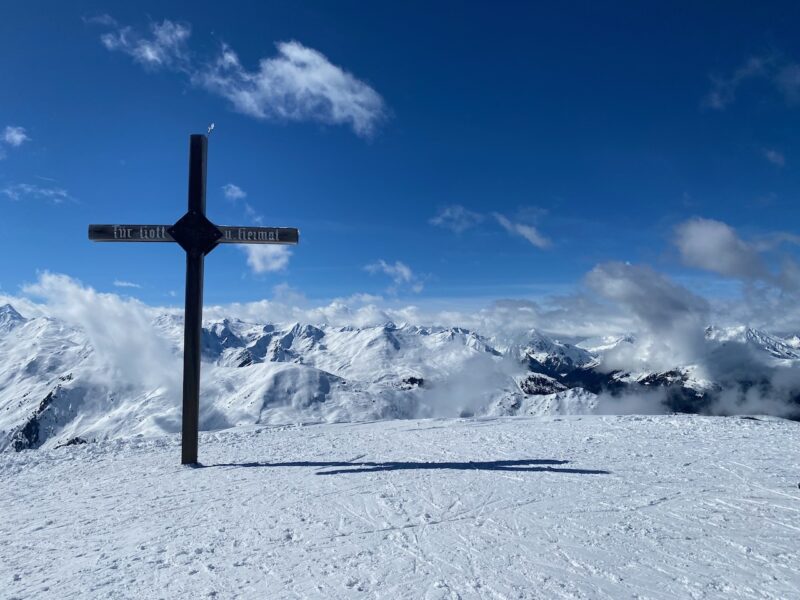
Innsbruck Ski + City, Axamer Lizum. Image © PlanetSKI
